The World Cup made in China
Updated: 2014-06-27 07:21
By Xin Zhiming(China Daily)
|
||||||||
Chinese soccer fans have to simply accept that the chances of the national men's team playing in the World Cup finals again (after 2002) is at best slim. Perhaps a joke doing the rounds best illustrates this fact: A fairy promises Chinese people to make their one wish come true. Some people ask her to make the world a peaceful place, free of wars. The fairy seems embarrassed and doesn't respond. Then some soccer fans request her to send "our men's soccer team to the World Cup finals". The fairy says: "Well, let's talk about world peace!"
But the Chinese team's absence from the World Cup in Brazil (and possibly the next few Cups) has not stopped Chinese enterprises from using the soccer craze to make "big" money.
A number of domestic enterprises have dipped their fingers in World Cup-related business. For example, Yingli Green Energy Holding, a leading renewable energy company and official secondary World Cup sponsor, is installing solar panels in some stadiums. Like other big brands, such as McDonald's and Visa, Yingli's name can be seen in the hoardings around the pitch in the World Cup stadiums.
Chinese manufacturing companies have been busy producing authorized products, such as the official match balls, called Brazuca, and miscellaneous other commodities, such as mascots and national flags. Wagon Enterprise in Dongguan, Guangdong province, which is authorized to make World Cup-related products, has produced more than 1.5 million mini-replicas of the World Cup trophy and 400 types of other products.
Given the soccer craze, Chinese enterprises are expected to make good profit from the gala in Brazil, with some researchers, including those with Moody's Investors Services, saying that the Chinese economy would benefit more than Brazil's from the World Cup. Perhaps their contention is based on Chinese enterprises' all-round involvement in the World Cup. A closer look into the role of Chinese enterprises in the production chains of World Cup-related products will, however, show that they are wrong.
Most of the Chinese companies benefiting from the World Cup are from the manufacturing sector, and, as original equipment manufacturers of major international brands, their gains are small compared with the brand owners. For example, for 2010 World Cup, Chinese companies made the vuvuzelas, which were heard across South Africa, and sold them to foreign dealers for 2 yuan (32 US cents) each, which were ultimately retailed by vendors in the host country for 40 yuan a piece (and as high as 100 yuan each in specialty stores). The Chinese manufacturer, therefore, made only a tiny proportion of the total profit.
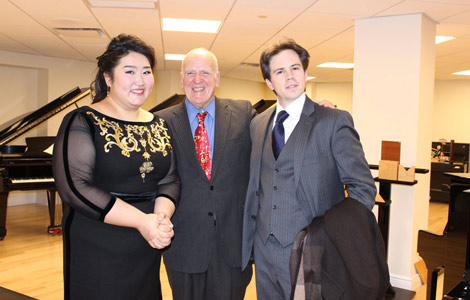
 Music at her fingers
Music at her fingers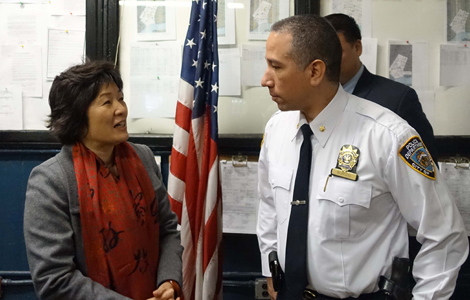
 Across America Over the Week (Jan 16 - Jan 22)
Across America Over the Week (Jan 16 - Jan 22)
 Spend Chinese New Year in style
Spend Chinese New Year in style
 Ili river valley becomes a popular destination for swans
Ili river valley becomes a popular destination for swans
 Philip Ma: from scientist to businessman
Philip Ma: from scientist to businessman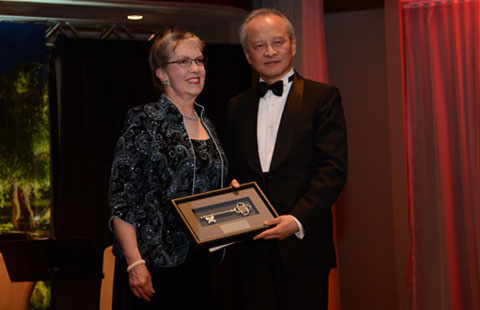
 Birmingham's Spotlight on China dinner
Birmingham's Spotlight on China dinner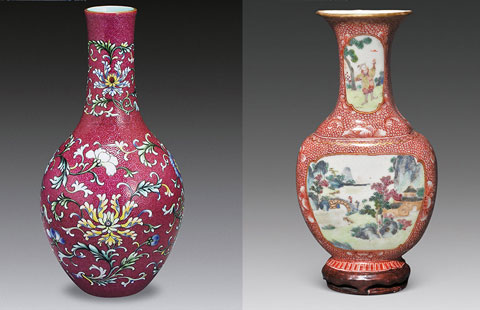
 How to distinguish doucai, wucai, Famille-rose and enamel porcelain
How to distinguish doucai, wucai, Famille-rose and enamel porcelain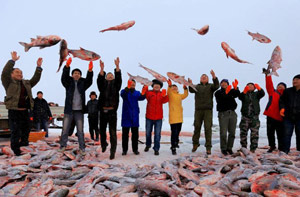
 Xinjiang lake in bumper fishing season
Xinjiang lake in bumper fishing season
Most Viewed
Editor's Picks

|

|

|

|

|
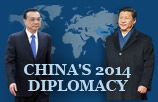
|
Today's Top News
Houston's SW Chinatown
China to focus on reforms, opening of capital market
Slowdown brings new risks to banks
Trade group calls for BIT
Market status for China is 'political' issue
Birmingham's Spotlight on China dinner
Bank takes renminbi-clearing seriously
Traditional Garb
US Weekly

|

|







